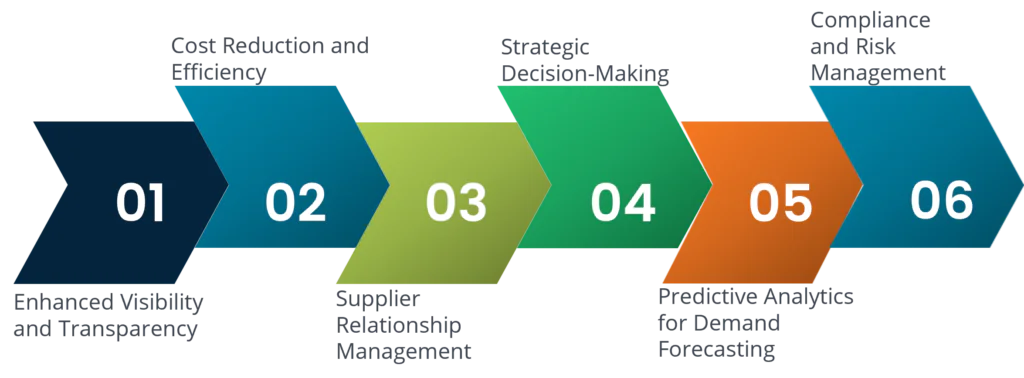By: Manpreet Kaur
Overview
In the Consumer Packaged Goods (CPG) industry, where margins are often thin and competition fierce, optimizing procurement costs is essential for maintaining profitability and ensuring sustainable growth. Effective procurement strategies can significantly impact the bottom line, enhancing a company’s ability to invest in innovation and improve product offerings.
Here are several strategies to optimize procurement costs in the CPG industry:
Foster Strong Supplier Relationships:
- Strategic Partnerships: Building long-term relationships with key suppliers can lead to better pricing, improved quality, and more reliable service. Engage in strategic sourcing by identifying and partnering with suppliers who align with your company’s goals and can provide consistent value.
- Supplier Development: Work closely with suppliers to improve their processes and efficiencies. This collaboration can result in cost reductions that benefit both parties. Consider initiatives like joint cost reduction programs and sharing best practices to drive mutual improvements.
Optimize Supply Chain Management:
- Demand Forecasting: Accurate demand forecasting helps in planning procurement activities more effectively. By aligning procurement with expected demand, companies can avoid overstocking and understocking, thus optimizing inventory costs.
- Logistics and Transportation: Review and optimize your logistics and transportation strategies. Consolidating shipments, choosing the most cost-effective shipping methods, and negotiating better rates with logistics providers can significantly reduce transportation costs.
Implement Strategic Sourcing and Category Management
- Category Management: Adopt category management to consolidate purchasing within key categories. This approach involves segmenting products into categories based on similar characteristics and managing them as strategic business units. It allows for better negotiation with suppliers and more strategic purchasing decisions.
- Total Cost of Ownership (TCO): Focus on the total cost of ownership rather than just the purchase price. TCO includes all costs associated with the procurement, including acquisition, operation, and disposal costs. Understanding TCO can lead to better long-term procurement decisions and cost savings.
Embrace Sustainability
- Sustainable Sourcing: Implement sustainable sourcing practices that focus on procuring goods from suppliers who adhere to environmental and social standards. Sustainable practices can lead to long-term cost savings by improving efficiency, reducing waste, and enhancing brand reputation.
- Circular Economy: Explore opportunities within the circular economy by integrating recycled materials into your supply chain or finding ways to reuse and repurpose products. This can reduce procurement costs and minimize environmental impact.

Conclusion
Optimizing procurement costs in the CPG industry requires a multi-faceted approach that leverages technology, fosters strong supplier relationships, and focuses on strategic sourcing and category management. By enhancing supply chain management, improving contract negotiations and embracing sustainability companies can achieve significant cost savings. These strategies not only reduce expenses but also contribute to improved efficiency, better supplier performance, and a more resilient supply chain, ultimately driving long-term success in the competitive CPG market.
Contact us now to solve your procurement problems!
Author’s Details
Manpreet Kaur
Assistant Manager Presales – Sourcing and Procurement Intelligence
Manpreet is a presales specialist at Infiniti Research and has expertise in sales, business strategy execution, and innovative solution design. She is actively involved in supporting clients from F&B, CPG, Healthcare, Pharma, Chemicals, BFSI, Oil & Gas and Automotive sectors.




